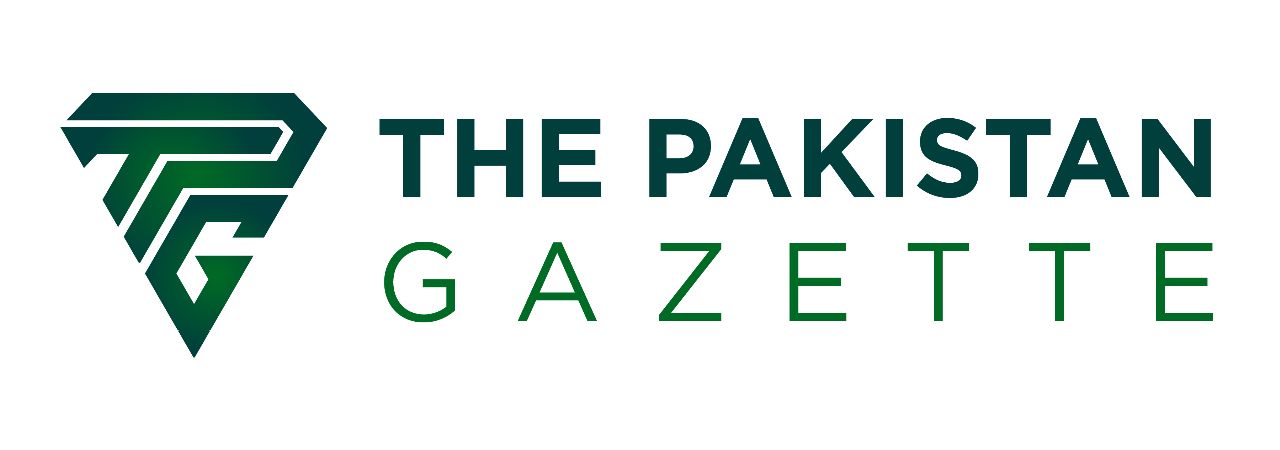
Pakistan’s Electricity Production: Challenges and Future Prospects
Pakistan’s total installed electricity generation capacity is approximately 41,557 megawatts (MW) as of June 2023. However, Pakistan often faces an electricity demand-supply gap of around 5,000 to 7,000 MW. Approximately 25% of Pakistan’s population still lacks access to electricity.

Methods of Electricity Production in Pakistan
- Thermal Power Plants: Natural gas-based power plants contribute around 40% of Pakistan’s electricity, while coal-based power plants make up nearly 25% of the total electricity generated.
- Hydropower: Around 30% of Pakistan’s electricity is generated from hydropower sources, with major dams like Tarbela and Mangla playing a crucial role.
- Wind Power: Wind power contributes approximately 4.8% of Pakistan’s electricity.
- Solar Power: Solar power currently forms a relatively small fraction of Pakistan’s electricity generation, but it has been on the rise in recent years, contributing around 1.4% of the total electricity generated.
- Nuclear Power: Nuclear power contributes around 5% of Pakistan’s electricity.
Future Prospects
Despite the challenges, Pakistan has the potential to become a leader in renewable energy. The country has abundant solar and wind resources, and the cost of renewable energy technologies is declining rapidly.
- The Pakistani government is taking steps to address the challenges and to promote a more diversified and sustainable energy mix. For example, the government has launched a number of renewable energy initiatives, including the National Solar Policy and the Wind Power Policy. The government is also working to improve the efficiency of the power sector and to reduce transmission losses.
- If Pakistan can successfully address these challenges, the country can build a more sustainable and secure energy future for its citizens.
Kawish Bangash studies at the Department of English Quaid-e-Azam University Islamabad.

